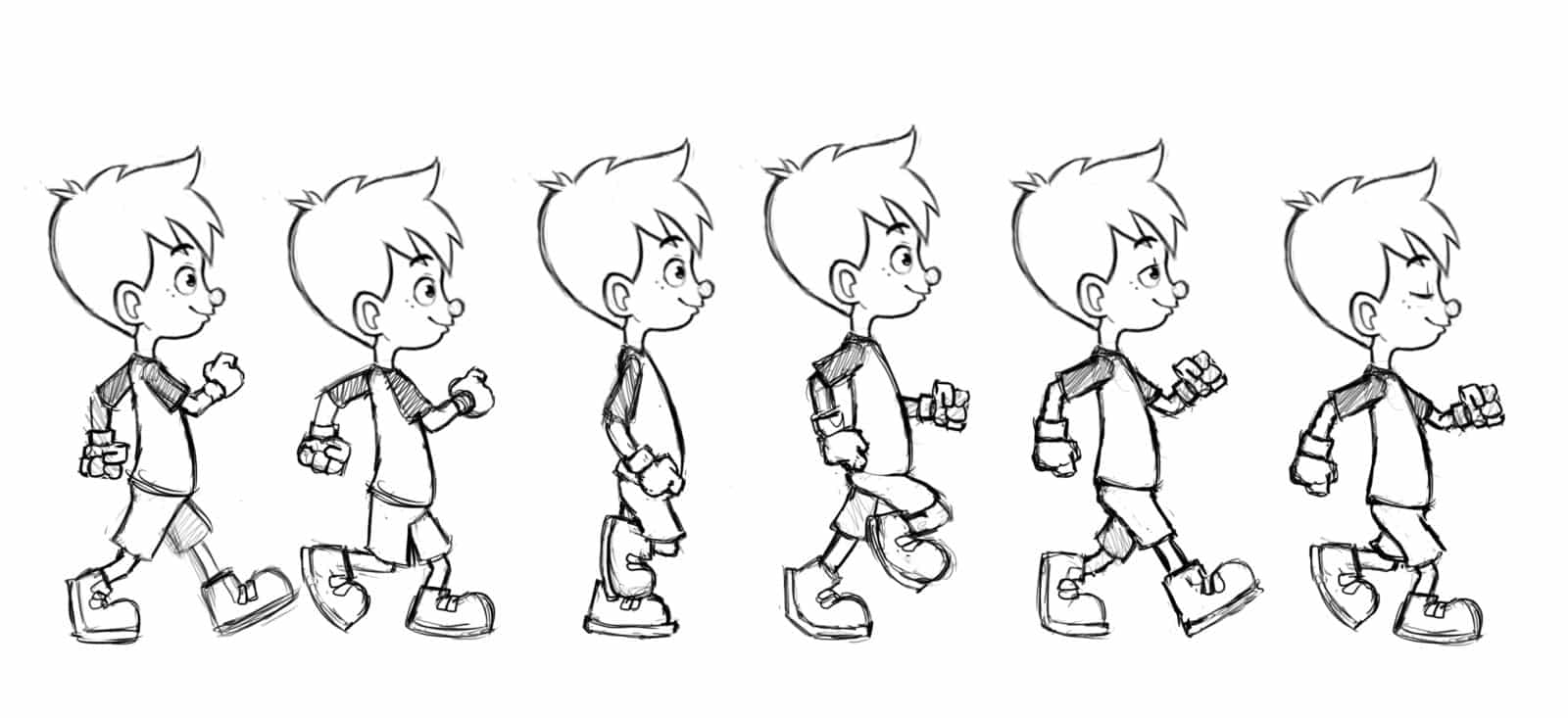- About
- Key Services and Offerings
- Animation Video Services
- App Promotional Videos/ App Explainer Videos Animations
- Architectural Visualization / Walkthrough Rendering Services
- Logo Animation Videos – Logo Reveal Videos – Logo Intro Videos
- Mechanical Animation Videos/ Engineering Animated Video/ Technical Animation Videos
- Medical Animated Videos/ Surgical Videos
- Pitch Project Videos
- Process Explainer Video/ Production Pipeline Animations/ Infographics Video/ Motiongraphic Video Creation
- Whiteboard Style Explainer Animations/ Scribe Animations
- Latest Offers on Animation Video Services
- Frequently Asked Questions
- Animation Video Services
- Blogs
- Contact
What are the 5 types of animation video?
14th Aug 2021, author: dreamengineanimationstudiomumbai

Do You know the 5 types of animation Videos which help to boost your business?
Today’s generation is well-versed in the art of animation. Animation in the form of cartoons is the first thing a child sees on television. Animation is being used in a variety of industries, not just the entertainment business. As technology progressed, animation progressed as well.
There are several varieties of animation, but the majority of them fit into one of five categories. Depending on the artist’s preferred method of creation, each has perks and downsides. Understanding the many types of animation can aid artists in deciding which path to take in the field of animation.
- Traditional Animation
- 2D Animation
- 3D Animation
- Motion Graphics
- Stop Motion
Traditional Animation
Traditional animation, also known as cel animation or hand-drawn animation, is a type of animation in which each frame of the film is created by hand, and was the dominant form of animation in cinema until the emergence of computer animation. In the conventional animation method, animators start by drawing animation sequences on sheets of translucent paper perforated to fit the peg bars in their desks, one picture or “frame” at a time, often using coloured pencils. Computer animation uses virtual resources in a digital domain, whereas conventional animation involves actual materials and activities. In 1908, the French caricaturist Émile Cohl created Fantasmagorie, the first animated film ever made using traditional animation.2D Animation
The art of producing movement in a two-dimensional space is known as 2D animation. Characters, monsters, special effects, and scenery are all included. Individual drawings are sequenced together over time to create the illusion of movement. This allows artists to save time and money on production while still giving 2D animation its distinct appearance.Emile Cohl’s short cartoon Fantasmagorie was the first 2D animation ever created. The cartoon begins with Emile painting a simple stick guy in live action and is totally in black and white.
3D Animation
3D animation is the process of bringing figures, vehicles, objects, and other characters to life in TV shows, films, and video games by employing motion. To ensure that they create an animation-ready model, 3D Artists are frequently involved in numerous early parts of the VFX workflow. To give a character the proper personality qualities and motions, the Animator must ensure that whoever is designing the model accomplishes and with those things in mind. The character is given joints, skin weight, and limitations while the designing process, allowing it to move in particular ways. The model will be returned if it is not done with the demands of the Animator in mind. Clay animation, sometimes known as “claymation,” was the first 3D animation form to emerge in the early 1900s.
Motion Graphics
Motion graphics (also known as mograph) are parts of animation or digital video that provide the appearance of mobility or rotation, and are commonly used in multiple formats in conjunction with audio. Motion graphics are most commonly seen on digital media, although they can also be seen on manually powered technologies (e.g. praxinoscope, thaumatrope, stroboscope, phenakistoscope , zoetrope, flip book). Without over-specifying the form, the phrase distinguishes static graphics from ones that change appearance over time. Motion graphics refers to the commercial application of animation and effects to video, film, television, and interactive applications. While any form of experimental or abstract animation can be called motion graphics, the term typically refers to the commercial application of animation and effects to video, film, television, and interactive applications. Motion graphics are an excellent approach to interact with the audience and can enhance the story’s depth. It can also send us a message through songs and effectively imitate them. They use it to make commercials, broadcast title sequences, explain concepts, and disseminate product videos that assists them get their message through
Stop Motion
Stop-motion animation is a technique for creating the impression of movement by physically moving real-world objects and photographing them one frame at a time. Stop-motion animation is divided into several categories, each of which is named for the technique used to make it. To make this form of animation, software programs are widely available. The Humpty Dumpty Circus was the first stop motion picture made in 1898. Traditional stop-motion animation is generally cheaper but takes longer to develop than present computer animation.